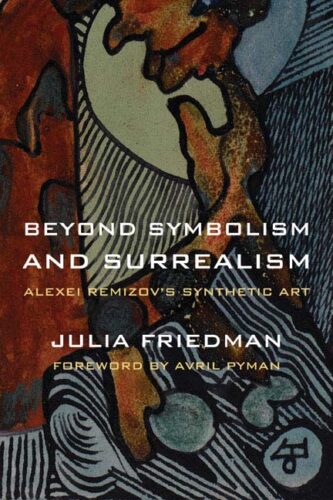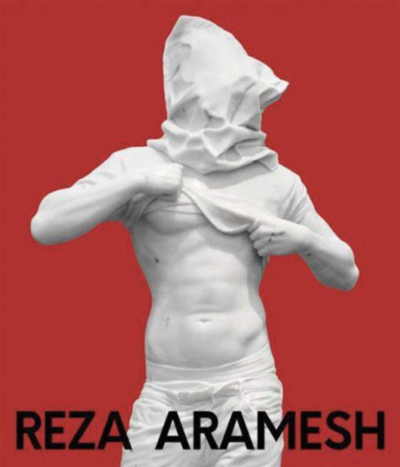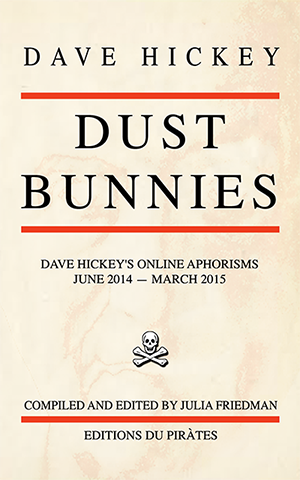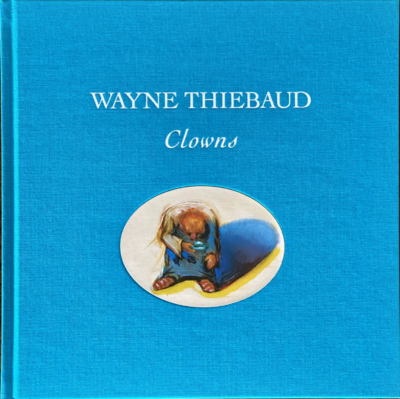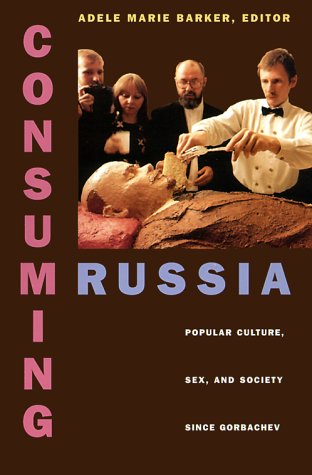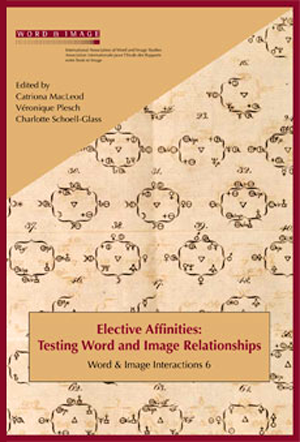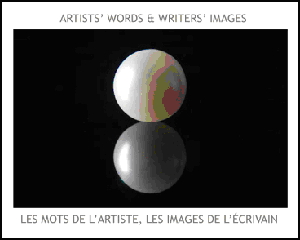"Medicine and Art: Imaging a Future for Life and Love"
Despite its generic sounding title the Mori Art Museum’s current show insightfully combines the old (Leonardo da Vinci) and the new (Damien Hirst), medical equipment and art, Nihonga painting and contemporary installations. The common tissue here, literally, is the human body—its make-up, its existence and functions, its alteration and deterioration.
The exhibition is immensely enjoyable as it presents more than a mere glimpse into the ways artists see humans and humanity. Their approaches, that run a gamut from admiration to pity, from curiosity to detachment, inevitably provoke a similar range of emotions in the visitors to the show. Many instances that cause such poignant reactions, not surprisingly, involve death, children and premature aging: Walter Schels’ sullen photographs of an 18 month-old shortly before and immediately after her death (2004) and Patricia Piccinini’s prematurely aged Game Boys (2002) are just two examples. On the opposite end of the spectrum is Gilles Barbier’s cheeky installation of the aged superheroes (L’Hospice, 2002), featuring saggy and wrinkly Wonderwoman, prone Captan America fit with an i.v., Superman supported by a walker and the Catwoman, catnapping in front of the turned off television.
A tip: when you make it to Lee Byung Ho’s 2009 Vanitas Bust in the room before last (right next to the Game Boys), take your time looking at the bust. The show is on through February 28, 2010.






